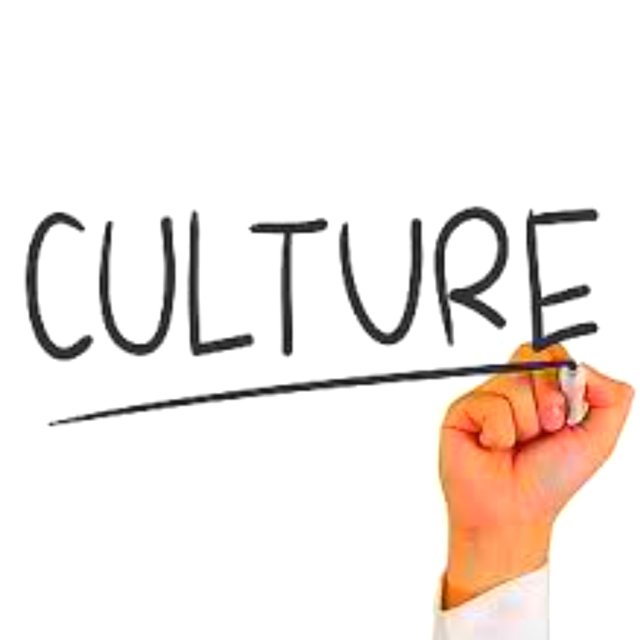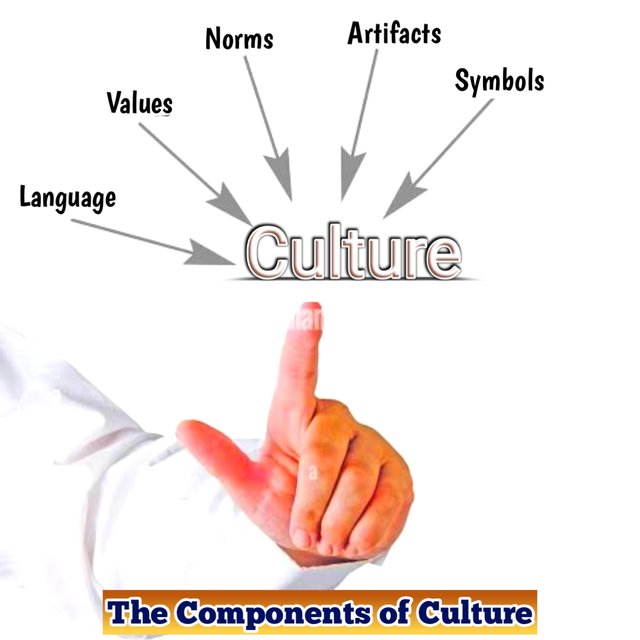Home work on Social Studies: Culture by @uduak3287
Introduction |
|---|

I remember shouting at the top of my voice with the other kids in class "culture is the way of life of a group of people". Well, I honestly didn't care about the meaning then, I just partook in the fun of shouting the meaning of culture to feel among my peers and make my teacher happy. But today, I just realize how important culture is and.... Oops! My bad. Am so sorry I got carried away by this wonderful contest presented by steemkids and adults on culture that I forgot to greet, a necessity in my culture. I will make it up to you all by greeting you specially the way we youths do it in Nigeria.
With joy and happiness on my face I say "how far, how Una dey"?. This simply mean how are you and how are you doing.
May seem weird but that's the culture amongst youths and teen nationwide in Nigeria....
The big question now is what is culture?
What Culture Is |
|---|
Like I said earlier on, in my primary school, we were taught that;
Culture is the total way of life of a particular group of people.
I couldn't agree less; Culture indeed is the way of life of a people. The way a particular group of people talk(language), greet, eat, dance, dress, marry, and even the mark or tattoo their skin etc. is their culture. It might interest you to know that different people have different cultures. In my country Nigeria, for example we have over 150 Ethnic groups; which means over 150 different cultures which also means 150 different patterns of life....wow!!!. Amazing isn't it?
Components Of Culture |
|---|
What makes up a culture is the component of a culture. You have some in mind right? however, given below are;
Five main components that make up a culture are;
Language
Values
Norms
Artifacts
Symbols
Language: Different cultures have different languages or the same language with a different accent and this is how you can differentiate easily one culture from another. Assume you walk on a busy street and you hear a youth say something like " Good afternoon, how are you today? " and another youth also greets saying "Hey y’all, how’s it going?". well you can speedily identify the former as a British speaker and the other as an American youth.
Values: Values refers to the worth of something. Value systems differs in many cultures. An example is the Nigerian Yoruba's greeting and the English greeting. Good morning daddy and English child would say, while a typical Yoruba girl would kneel when greeting her dad. this shows the worth a Nigerian Yoruba man places on greeting.
Norms: Norms or Customs is also a big component of a culture. This refers to how things are done and the beliefs in a particular culture. an example is in my tribe the Ibibio tribe in Nigeria, you wouldn't want to be seen outside as a lady during the masquerade ritual day or visit a particular stream on a certain market day. This Norms constitute our unique culture.
Artifacts: when you see a Halloween mask it reminds you of the Americans, when you see the Chinese dragons and yin-yang signs, reminds you of the Chinese and Japanese respectively, the scary Ekpe mask in the Ibibio trribe where I belong to remind me of just where I come from. Artifacts are therefore a strong symbolism of a culture.
Symbols: when you see two fish rotating in a circle one with a colour opposite to the other say black and white. what comes to your mind?
the Chinese Yin- Yang symbol right. this is symbolic in nature and shows the culture of the owner of such.
Material Culture and Non-material Culture |
|---|
Material Culture refers to the
aspects of culture that we can see, feel, and touch around us. The Japanese kimono, The Chinese Hanfu. The indians' traditional attire Sari, The Nigeria's Agbada or Niger Delta are all examples of material culture.
Non-material Culture refers to aspects of our culture we can not see or touch but can understand them. These aspects of culture are not visible, they include greetings, religion, morality, beliefs, values, music, language, ideas, knowledge, etc.
Conclusion |
|---|
Thanks for this wonderful opportunity @udyliciouz and @steemkids & parents.
I believe we all learnt a lot from this lesson. follow me for more updates and don't forget to vote and leave your remarks on the comment section.
@vudeme123, @usoro01 and @thomisin, what do you think about this? permit me to invite y'all to participate in this #learnandearn contest.


thanks for your support @m-fdo.
This was as interesting and eye-opening entry .
Thank for inviting me, I will try to drop my opinion on this amazing topic.
What a nice article you have here
Thanks for inviting me
I'll do justice to it